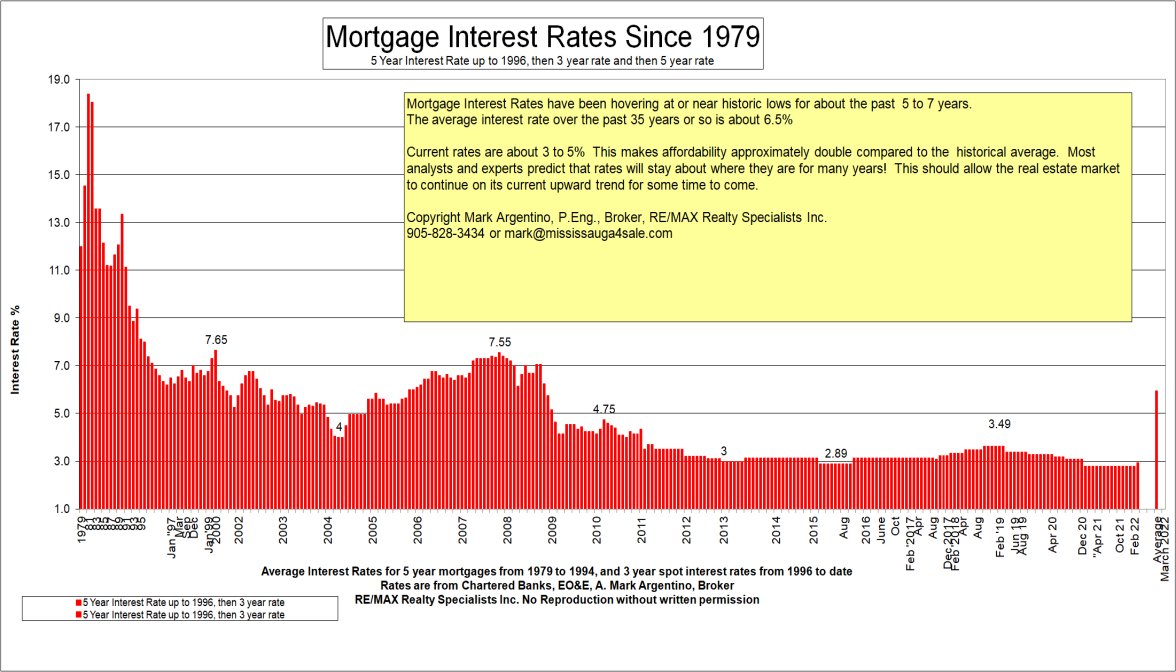The Ginnie Mae CUSIP aggregation program started in March 2019 and was finished in July 2019 and the Desk consolidated roughly 8,000 individual CUSIPs into about 8 aggregated ones. The aggregation procedure was created to decrease administrative costs and functional intricacies associated with the Federal Reserve's company MBS portfolio utilizing a simple and rules-based approach that follows market.
working goals and basic market practices. Other The New york city Fed publishes comprehensive information on all settled SOMA company MBS holdings on its on a weekly basis. In addition, Fannie Mae, Freddie Mac, and Ginnie Mae supply info about aggregated CUSIPs, consisting of the underlying firm MBS, on their public sites. Yes. Details about individual Fannie Mae, Freddie Mac, and Ginnie Mae firm MBS CUSIPs underlying the Federal Reserve's aggregated CUSIPs will remain readily available on these companies' public sites.
's recently imposed constraint on repooling of reperforming forborne loans yet once again punishes servicers serving as important provider in the continuing efforts to protect mortgagors facing monetary challenge due to COVID-19. Let me count a few of the ways Ginnie Mae servicers are bearing the force of mortgagor forbearance under the CARES Act: no maintenance fee earnings throughout https://www.wpgxfox28.com/story/43143561/wesley-financial-group-responds-to-legitimacy-accusations forbearance of as much as a year( and potentially longer must Congress decide its essential); no relief from advance requirements for the period of such forbearance; no modification of the structural impediments to private financing to money advances; and no reimbursement for the cost of funds for advances. In releasing APM-20-07 on June 29, 2020, Ginnie Mae chose to even more secure financiers from the possible boosted prepayment threat arising from early pool buyouts of forborne loans. This defense, nevertheless, comes at the expense of servicers. By restricting servicers from relying on long-standing, legitimate service activity early swimming pool buyouts paired with the repooling of reperforming loans Ginnie Mae has actually elected to deem a routine activity as improper because it is unneeded and, gosh, might produce an earnings. This obligation lasts till the defaulted loan is purchased out.
loan protected by the mortgaged property, the proceeds of which are utilized to bring the loan present. By utilizing a junior lien, the loan does not require to be customized. Currently, a servicer might achieve a" stand alone partial claim" or a" home mortgage recovery advance" without repurchasing the overdue loan from the swimming pool, but servicers routinely combine the allowable early buyout of a delinquent loan, a reinstatement through a" stand alone partial claim" or" home loan recovery advance, "and a repooling of the reperforming loan into newly provided securities. First, the customer under a reperforming loan must have made prompt payments for the six months immediately preceding the month in which the associated mortgage-backed securities are released.
Second, the problem date of the mortgage-backed securities need to be at least 210 days from the last date the loan was delinquent." Reperforming Loans "are not limited to loans that are restored through a" stand alone partial claim" or "mortgage healing advance." The term is broadly defined to be a loan that is not more than thirty days delinquent, previously was bought out of a Ginnie Mae pool, and has the same rate and terms as the initially pooled loans. The APM only hints at the reason behind Ginnie Mae's change in position, stating that "Ginnie Mae seeks to guarantee that transactional activity associated with these choices does not hinder market self-confidence in Ginnie Mae securities. "It highlights that FHA's "Stand Alone Partial Claim" and USDA's "Home loan Healing Advance" do not need pool repurchases unless the terms of.
Excitement About How Do Reverse Mortgages Work When You Die
the loan require adjustment. Put simply, Ginnie Mae is depriving servicers of a long-standing, legitimate, elective organization method under the Ginnie Mae program obviously because this discretionary activity is not required to allow a servicer to stop servicing advances in regard of forbearance. Getting a make money from repooling reperforming loans in some way is deemed a wicked activity. In isolation, insulating financiers in https://midplains.newschannelnebraska.com/story/43143561/wesley-financial-group-responds-to-legitimacy-accusations Ginnie Mae securities from boosted prepayment danger associating with forbearance certainly is a deserving public policy objective. When compared to the expenses, costs and lost income servicers are bearing in regard of forbearance, one has to wonder whether Ginnie Mae is fairly stabilizing the interests of servicers and financiers.
While Ginnie Mae may have the authority to modify the Mortgage-Backed Securities Guide from time to time, servicers have a right to fairly depend on the basic construct of the program without material adverse changes not grounded in law or abuse. Servicers create, obtain and fund their Ginnie Mae MSRs based on this sensible expectation. When you wish to have a good time in the sun right in.
your backyard, a pool of your own may be paradise. A swimming pool features a significant cost tag, however, so be prepared to pay for it in time. While you have a couple of various choices, among the simplest is to finance a new pool with a new home loan. Initially, get in touch with the loan provider with which you have your current home mortgage to ask about a new home loan.
Often your existing loan provider will aspire to maintain your funding, possibly providing appealing interest and terms. which of these statements are not true about mortgages. Note the terms provided by your current lending institution. Approach 2 or three other lending institutions to inquire about a new home mortgage. With a new lending institution, you will need to show evidence of identity and income, warranty deed and house owner's insurance. The brand-new lending institution will investigate your credit and.

examine the value of your home during a prequalification procedure. After verifying your info and examining your creditworthiness, the lending institution might extend you prequalification status.